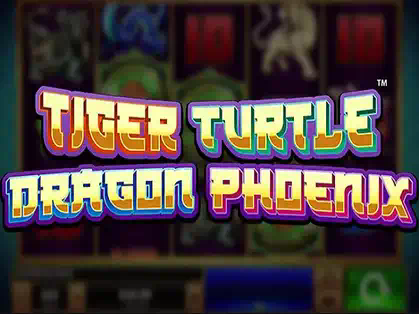Spoiler Warning: This post contains spoilers for the post-credits scene of Blue Beetle.
The DC Extended Universe (DCEU) is getting its first-ever Latin superhero lead as Blue Beetle makes its way into theaters on Aug. 18. The film, directed by Ángel Manuel Soto, follows Jaime Reyes (Cobra Kai’s Xolo Maridueña) as he gets chosen by an ancient scarab from an alien planet that transforms him into a super-powered being. In the movie, we are introduced to a predominantly Latine cast, including George Lopez as Reyes’ uncle and Damián Alcázar as his father. Other recognizable faces include Susan Sarandon as the film’s villain, who the actor has said represents “the theme of imperialism in the name of democracy.”
As both the Marvel and DC Universes continue to expand seemingly at the same rate as our own, with new movie and television projects for many of their lesser-known characters, some viewers are experiencing superhero fatigue. Still, as reviews have overwhelmingly asserted, Reyes and Blue Beetle make for a compelling entry into the canon, and one with a long history in the comics.
Read More: Here Are All the Movies and TV Shows That Make Up the New DCU
Blue Beetle’s comic-book origins
Blue Beetle’s character has seen three different iterations since he was introduced to DC Comics in 1939. The first version of the character was a man named Dan Garrett, an archaeologist who first found the scarab in an Egyptian ruin. In 1966, the main character for the comic became Ted Kord (created by Steve Ditko, co-creator of Spider-Man), whose presence casts a shadow throughout the Blue Beetle film. Reyes was first introduced in 2006, and he appeared as a Mexican American from El Paso, Texas. Throughout the character’s time in the DC Universe, he was known to have his own stories but also joined superhero teams like the Justice League and the Teen Titans.
The film intertwines Kord and Reyes’ stories, centering around the latter after he comes back to the fictional Palmera City in Texas to live with his family after becoming the first in his family to graduate from college. He learns that his family is in dire financial straits and needs to find a way to make money, so he attempts to get a job at Kord Industries, where he meets Ted’s daughter Jenny (Bruna Marquezine). Audiences learn that Ted is no longer in the picture (his whereabouts are unknown) and that the company was left to his sister, Victoria (Sarandon). After Reyes is given the scarab, he dons the powers of the titular character and goes on a mission to save his family and himself.
Post-credits scene and Blue Beetle’s on-screen future
The future of the DC cinematic universe is still being determined as the new co-CEOs, James Gunn and Peter Safran, have unveiled their plans to revamp it. In an Instagram post Gunn uploaded on Wednesday, he seems to have solidified Blue Beetle’s place in the new DCU writing, “I can’t wait for audiences to meet Jaime Reyes, who will be an amazing part of the DCU going forward!” This came as a reassurance to Soto, who told the Hollywood Reporter, “Knowing that they are going to continue to move forward in the DCU allowed me to feel relief for myself and for them.”
View this post on Instagram
A post shared by James Gunn (@jamesgunn)
The film also leaves the door open to expanding the story in its post-credits scene. Throughout the film, Jenny mentions that her dad disappeared, but they use the equipment he created in his lab to help defeat the villains. The post-credits scene returns to that lab and features a staticky voice that appears on some sort of communication device. The audience hears the voice say, “Hello? Is anyone there? Can you tell my daughter that I’m alive?” It’s certainly not the type of post-credits scene you would expect to see for story that has no further chapters.
What the movie means for Latin stories at the box office
Between the DCEU revamp and the ongoing simultaneous WGA and SAG strikes, the movie is set to be released into rocky terrain. Following the announcement of the strikes, a group of Latin Hollywood organizations banded together to sign an open letter, calling on their communities to action to “amplify the work that countless Latino artists have worked so hard to create,” hoping to boost the movie’s visibility as its stars were barred from promoting it.

“We are reminded that their art influences how people think and feel about our communities – both at home and abroad,” the open letter reads. “While we’re encouraged by some of the changes we have seen in recent years, we continue to deal with the repercussions from years of being actively erased and invisible on screen.”
According to a study conducted by the University of Southern California’s Annenberg Inclusion Initiative, Latine representation in media has seen little change in the past 16 years—characters with speaking roles grew from a meager 3.3% in 2007 to 5.2% in 2022. Some worry that poor box office performance for Blue Beetle would be a reason for studio executives not to greenlight Latine-led projects in the future. The movie is currently tracking to make around $30 million in its opening weekend. According to Screenrant, the film will eventually need to earn more than $240 million to break even.